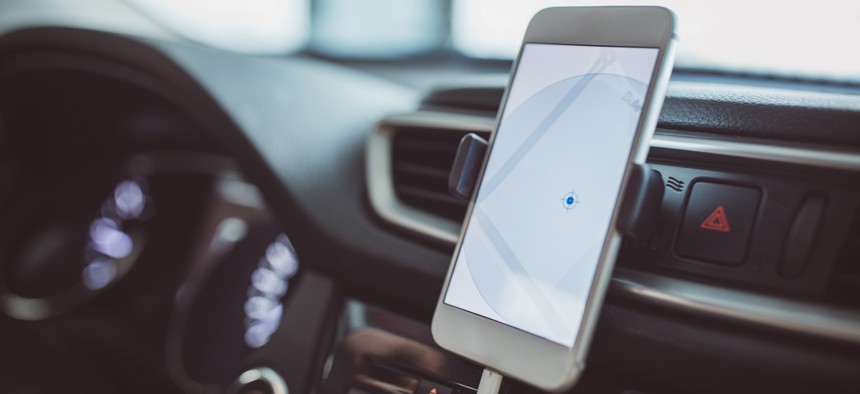Smartphone sensor networks monitor bridge integrity

svetikd/Getty Images
The resulting data could help decrease inspection and maintenance costs while increasing bridges’ lifetimes.
Engineers may soon be able to monitor the structural health of bridges with crowdsourced smartphones, a November study suggested.
The use of smartphones’ GPS and accelerometer data to measure vibrations, or modal frequencies, indicated that new, costly equipment may not be necessary for infrastructure monitoring, according to researchers at the United States Military Academy at West Point. Existing mobile devices and vehicles can be repurposed to create a mobile-sensor network for “cheaper and more convenient data collection compared to traditional methods,” the researchers stated.
For instance, current bridge assessments rely on field inspection notes from visual observations, which severely limits how often the structures can be evaluated, the depth of information collected and the ability to conduct preventive maintenance, the study stated. One current alternative is synchronized sensor networks, which are attached to a bridge’s physical features, but installing and maintaining the sensors can be expensive, so bridge owners often forgo this option.
Looking to reduce the cost and boost accuracy, researchers developed an Android-based application that records data such as triaxial acceleration, GPS and gyroscope measurements from mobile devices mounted to vehicles. The app contains a geofence that automatically starts collecting data whenever the vehicles – and phones – travel over a bridge span of interest. Researchers and participating Uber drivers made more than 400 trips over the Golden Gate Bridge in San Francisco and one near Rome, in a months-long effort, the study stated
A spatial analysis of the data revealed that the smartphones produced consistent and accurate bridge vibration measurements, which researchers said “is vital to condition assessments and damage detection frameworks.”
The information could help engineers conduct preemptive maintenance, potentially cutting costs and extending a bridge’s usable lifetime by two to more than 14 years, researchers said. Human inspections may still be needed to supplement smartphone-produced data, the study stated, but they could be limited to bridges that require extra evaluation.
Researchers said in the future, structural condition assessment systems such as this one could benefit from artificial intelligence and computational learning. Those emerging technologies have “the potential to provide bridge engineers and owners with unprecedented information for maintenance and operation at virtually little to no extra cost.”






